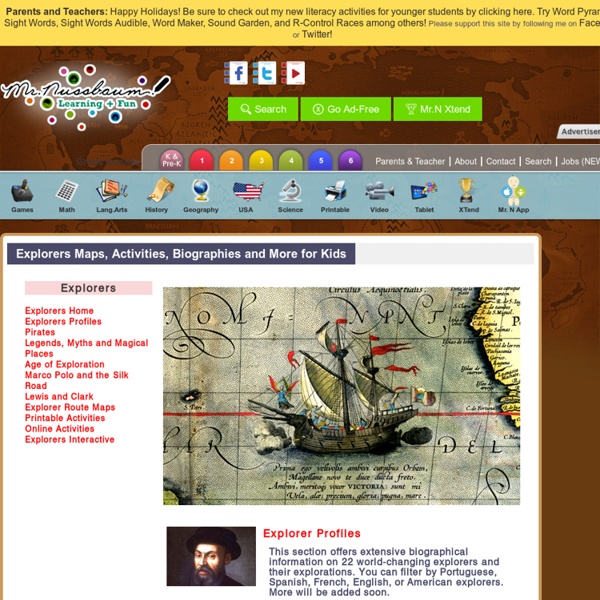



Historical Atlas of the British Empire International Big History Association - Home Aztec Children The lives of Aztec children are fascinating in many respects. To understand how children fit into Aztec culture, and how they were honoured, we should go right back to the beginning... even before the children were born. Birth Since warfare was glorified by the Aztecs, it was even used to symbolize childbirth. A hymn for a new child sung to the goddess of childbirth, found in the Codex Florentino, said: Down there, where Ayopechcatl lives, the jewel is born, a child has come into the world.It is down there, in her own place, that the children are born.Come, come here, new-born child, come here.Come, come here, jewel-child, come here. A soothsayer then came to the home of the newly born child to study the astrological significance of the child's birth, down to the exact day and minute of the child's entrance into the world. Aztec children and their Parents All of the evidence is that Aztec parents loved their children deeply. Chores and school More about classes and society Games and song
Aztecs for Kids - Daily Life Like nearly all of the ancient civilizations, the rich lived in luxury and the poor worked. In the Aztec civilization, class structure was very important. Homes : The Rich: Homes of the nobles and wealthy were made of sun-dried brick. If you were very wealthy, you home could be made of stone. All homes were whitewashed to make them look clean and shiny. The Poor: Homes of the farmers and other commoners were huts with thatched roofs. Clothing : Upper Class: People in the upper class wore clothing decorated with feathers and embroidery to show their status. Common People: It was against the law for commoners to wear feathers. Marriage : At about age 20, men married women who were ages 14-15. Matchmakers were usually old women. New Babies: The birth of a baby was a really big deal. Correct Behavior : The Aztecs were very concerned that all their citizens behave correctly. Slaves: The Aztec nobles had slaves. Poetry: For all their love of war, the Aztecs had a softer side. Slaves School
myhistro | Just another WordPress.com site The Story of Stuff Project Middle Ages for Kids Translators and Alphabets for Mayan, Maya, Babylonian, Agartha, UFO, Aliens and Surreal Cultures and Identities Museum Box Homepage Games and fun for kids from UK museums, galleries, heritage and science centres
Tons of interactive activities here. The routes interactive would be great to use when doing explorer reports and the make your map activity would be very neat when introducing exploration. by amberheern Oct 14